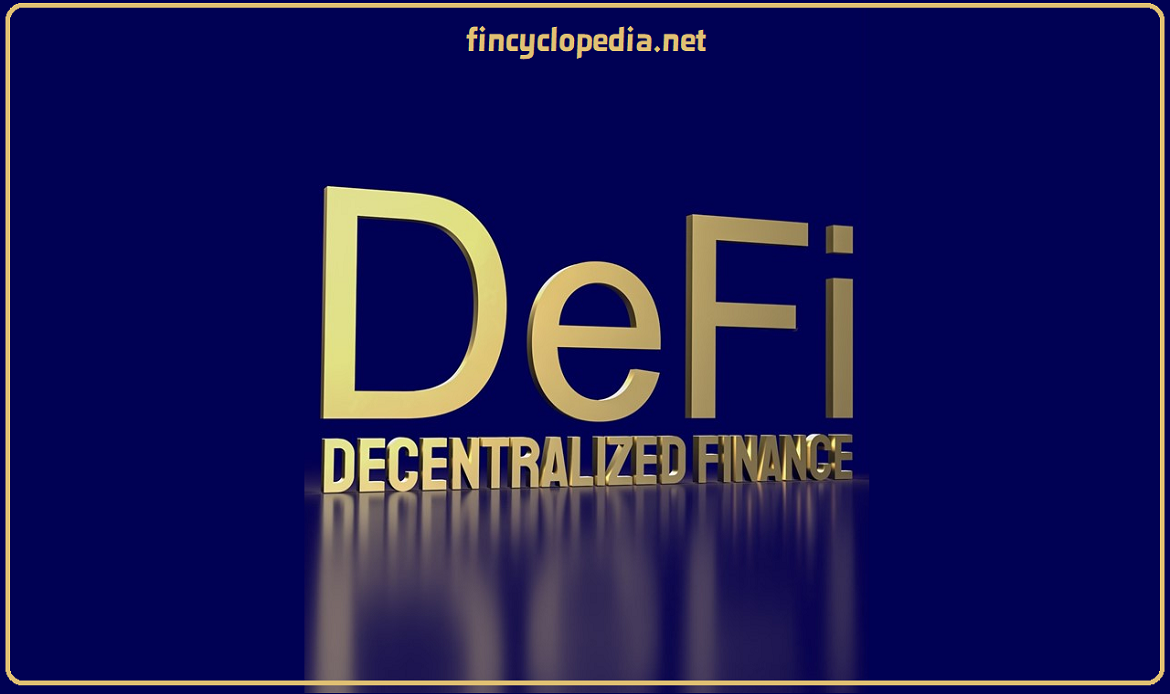A type of capital that consists of hybrid elements (combining both debt and equity), with significant debt features. The debt features are typically associated with other additional features, particularly its convertibility to equity and subordination. Examples of debt-like capital instruments include preferred equity and subordinated debt.
For banks, debt-like capital is part of a bank’s capital that can help banks raise capital without a direct influence on their management, while providing a reasonable buffer at the time of a crisis. Debt-like hybrids (debt-like hybrid securities) usually come in the form of contingent convertible capital instruments (CoCos) which are treated as regulatory capital that, upon a trigger event occurring, either convert to equity or are written-down (loss absorption mechanisms).
Raising debt-like hybrid capital is subject to regulations prescribing acceptable trigger type(s) and level(s), loss absorption mechanism(s) (conversion or write-down) and rate(s) (impacting loss allocation), issuance size, and other structural elements (e.g., maturity and coupon payment policies).







